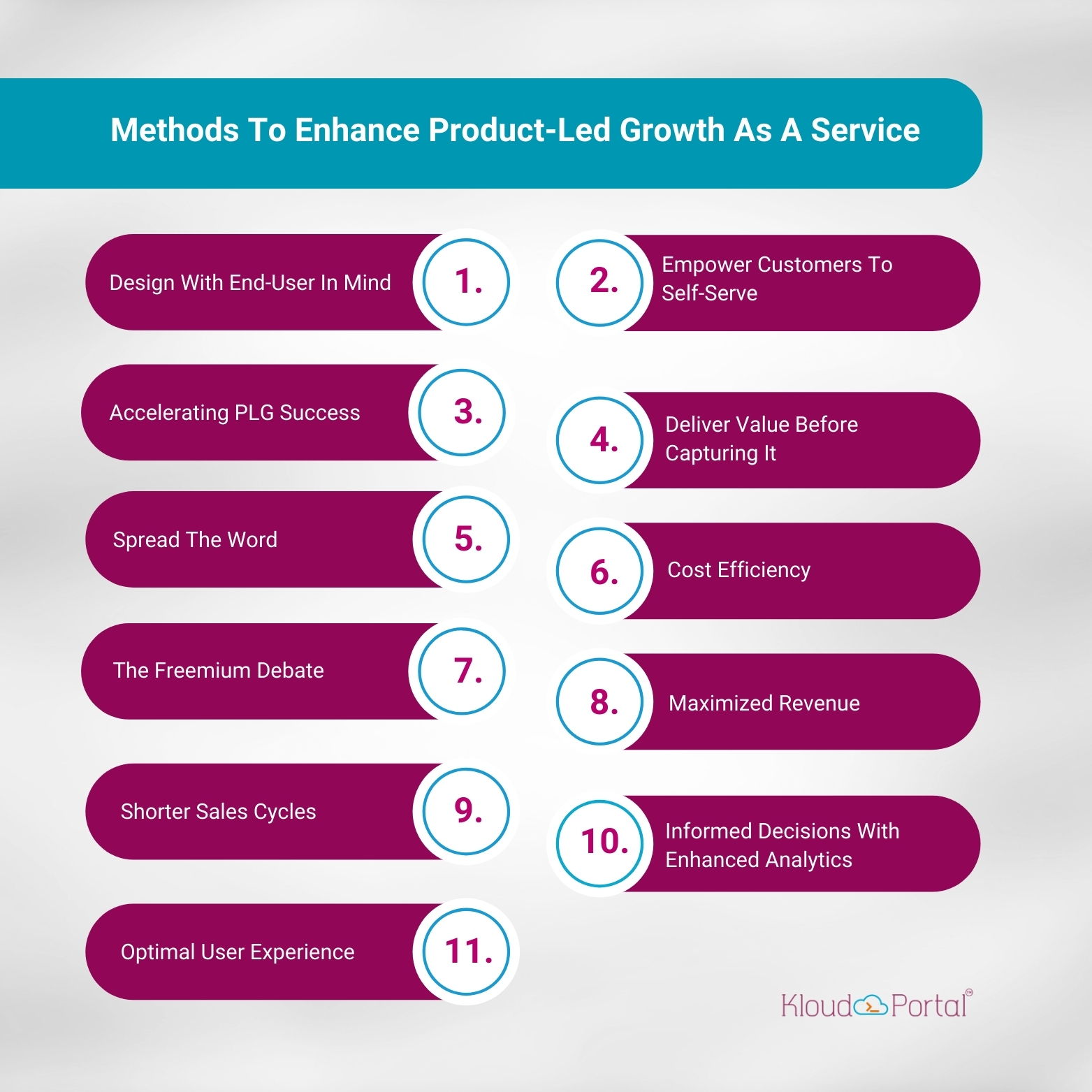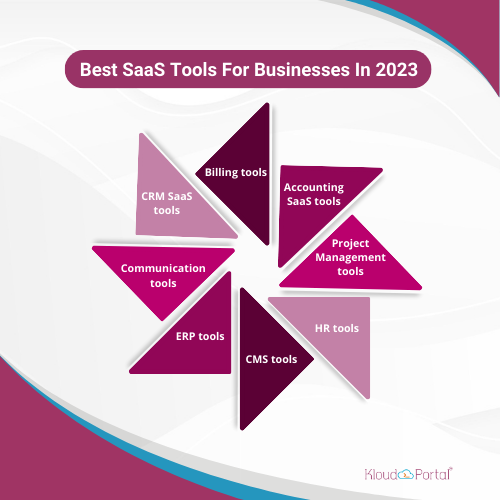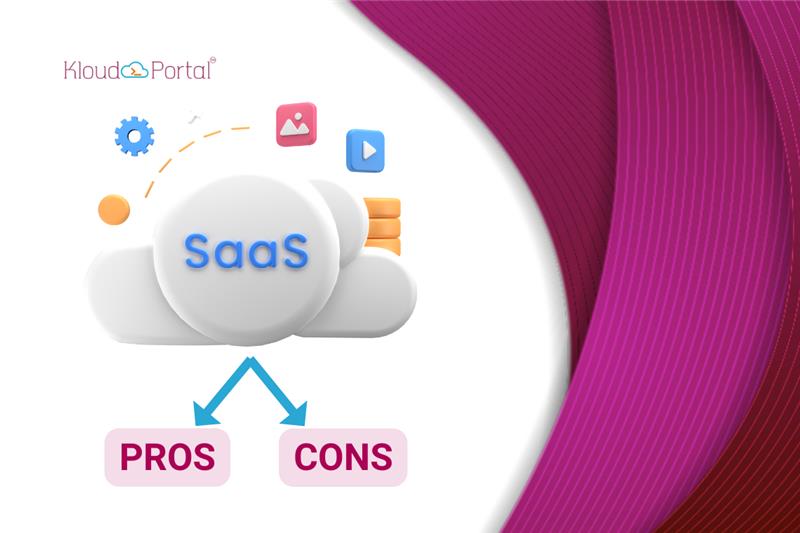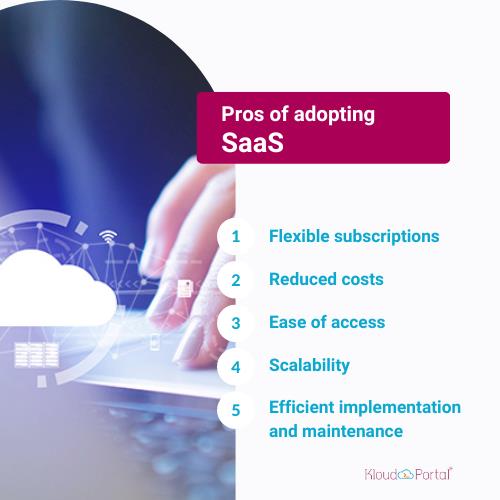
Understanding The Rule Of 40 In SaaS Valuation
What we cover in this blog?
Key takeaways
- The Rule of 40 states that a SaaS firm’s revenue growth rate plus profit margin should be 40% or higher.
- It is calculated by adding the recurring revenue growth rate (%) and EBITDA margin (%).
- This rule assesses the equilibrium between growth rate and profitability in a SaaS company.
- For fast-growing SaaS startups, the Rule of 40 serves as a practical tool to balance between rapid growth and profitability improvement.
The rule of 40
As per the Rule of 40 , the total value of a SaaS company’s profit margin plus its rate of revenue growth should be more than 40%. It serves as a financial metric employed by venture capitalists, equity investors, and management teams to assess the financial well-being of SaaS businesses.
Now, let’s understand what is your company’s revenue growth rate and EBITDA margin.
1. Revenue growth rate
It is the year-over-year percentage increase in total revenue growth. This growth rate usually relates to the Annual Recurring Revenue (ARR) or Monthly Recurring Revenue (MRR) instead of a company’s gross or net revenue.
MRR = Average revenue per account (ARPA) × Total number of active accounts
To obtain ARR from MRR, multiply by 12.
ARR = MRR × 12 Months
After annualization, the growth rate in the recurring revenue metric is calculated.
Recurring Revenue Growth (%) = (Current Period ARR – Prior Period ARR) ÷ Prior Period Value
2. EBITDA margin
In terms of profit margins, the most frequent indicator is the EBITDA margin for the relevant period.
It refers to the company’s earnings before interest, taxes, depreciation, and amortization, divided by the overall revenue.
EBITDA Margin (%) = EBITDA ÷ Revenue
Formula for rule of 40
The Rule of 40 states a simple calculation in which the formula adds the recurring revenue growth rate to the EBITDA margin over a certain time.
Rule of 40 (%) = Recurring Revenue Growth Rate (%) + EBITDA Margin (%)
If the sum of these two metrics is 40% or more, your SaaS business is considered healthy according to the Rule of 40. It indicates that the company is effectively balancing its growth and profitability. In short, the Rule of 40 can assist a SaaS company in determining when to prioritize growth or profitability at present.
Maximize brand visibility and customer success with our SaaS Product Marketing Company , ensuring targeted audience reach and impact in the competitive market.
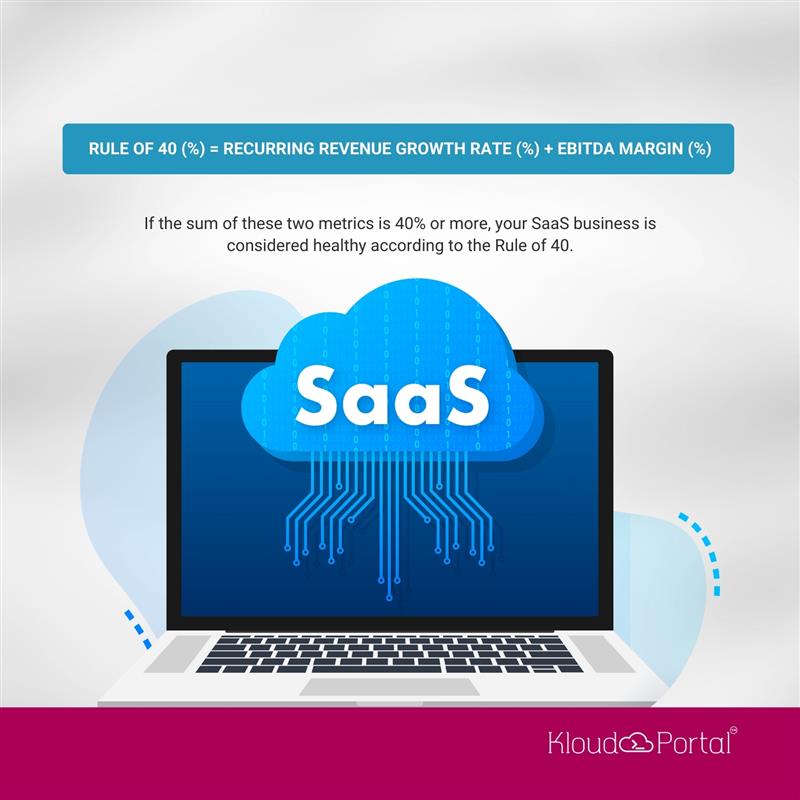
Significance of rule of 40
High growth often comes at the expense of profitability margin. This is because fast-paced growth usually involves significant investment in customer acquisition costs, professional services, and intangible assets.
The Rule of 40 serves as a growth input, providing a benchmark for balancing growth and profitability. It helps companies ensure they are not over-investing in growth at the expense of profitability or vice versa.
Example:
Let’s take four SaaS companies: A, B, C, and D. Given the monthly recurring revenue (MRR) growth rates for each company:
- SaaS Company A Growth Rate: 30%
- SaaS Company B Growth Rate: 0%
- SaaS Company C Growth Rate: 40%
- SaaS Company D Growth Rate: 70%
Given that the Rule of 40 requires a minimum threshold of 40%, we can determine the minimum EBITDA margin by subtracting the MRR growth from the target of 40%.
Calculating gin by subtracting the MRR growth from the target of 40%.
Calculating the minimum EBITDA margin for each company:
- SaaS Company A: 40% – 30% = 10%
- SaaS Company B: 40% – 0% = 40%
- SaaS Company C: 40% – 40% = 0%
- SaaS Company D: 40% – 70% = (-30%)
These calculated EBITDA margins represent the minimum profit margins necessary for the Rule of 40 to be met.
For example, Company A, with a 30% MRR growth rate, requires a corresponding EBITDA margin of 10% to meet the Rule of 40.
SaaS Company A: 30% + 10% = 40%
Alternatively, Company D can afford to have a negative 30% EBITDA margin and still attract capital at a high valuation due to its robust growth profile, as reflected in the negative EBITDA margin calculation.
SaaS Company D: 40% – 70% = (30%)
The top-notch B2B SaaS product marketing agency in India brings strategic expertise to propel your brand with tailored marketing approaches driving success in the SaaS business.
Caveats of the rule of 40
While the Rule of 40 is a useful benchmark, it’s not a one-size-fits-all metric. It’s most relevant to high-growth public SaaS business companies with recurring revenue models. For companies at different stages or in other industries, the Rule of 40 may not apply.
Moreover, the Rule of 40 doesn’t consider factors like customer retention, sales techniques, or the competitive landscape. Therefore, it should be used as a guideline rather than a strict rule. It’s also important to note that the Rule of 40 doesn’t account for cash flow, which is a critical factor in assessing a company’s financial health.
As the Top B2B SaaS Product Marketing Agency in India , we bring unparalleled expertise to elevate your brand’s presence.
Conclusion
The Rule of 40 serves as a significant indicator for SaaS companies aiming for resilient growth. It helps the management balance the high cash flow demands of rapid growth with the need for profitability and growth rates. As a company matures, other SaaS metrics like customer success, subscription revenue, revenue multiples, and non-tangible assets become increasingly important. In the high-stakes world of SaaS valuations, understanding and effectively using the Rule of 40 can be a game-changer. It guides companies toward sustainable growth, helps investors make informed decisions, and ultimately contributes to the success of the SaaS industry.
Rule of 40 FAQs
How Growth Rate Can Be Calculated?
It is typically measured as the year-over-year percentage increase in revenue. Choose a metric and a time frame, such as MRR growth over 12 months. Subtract the initial value from the final value, then divide by the initial value. Multiply the result by 100 for the percentage growth rate.
How profit margin can be calculated?
Top managements use various SaaS metrics, such as EBIT, free cash flow, and net income, to compute a company’s profit margin. However, EBITDA is typically the most suitable calculation for SaaS companies.
What is the Rule of 40 in SaaS?
It evaluates a company’s sustainability by combining recurring growth rates and the company’s profitability. Crucial for business decisions and securing venture capital, a score of 40% or more signifies a robust and healthy company, shaping strategic approaches and financial viability in the long run.
What is a good SaaS company’s growth rate?
A good Software as a Service (SaaS) company’s growth rate can vary based on several factors, including the company’s stage of development, market conditions, and industry benchmarks. However, a common metric used to evaluate SaaS companies is the Rule of 40.



